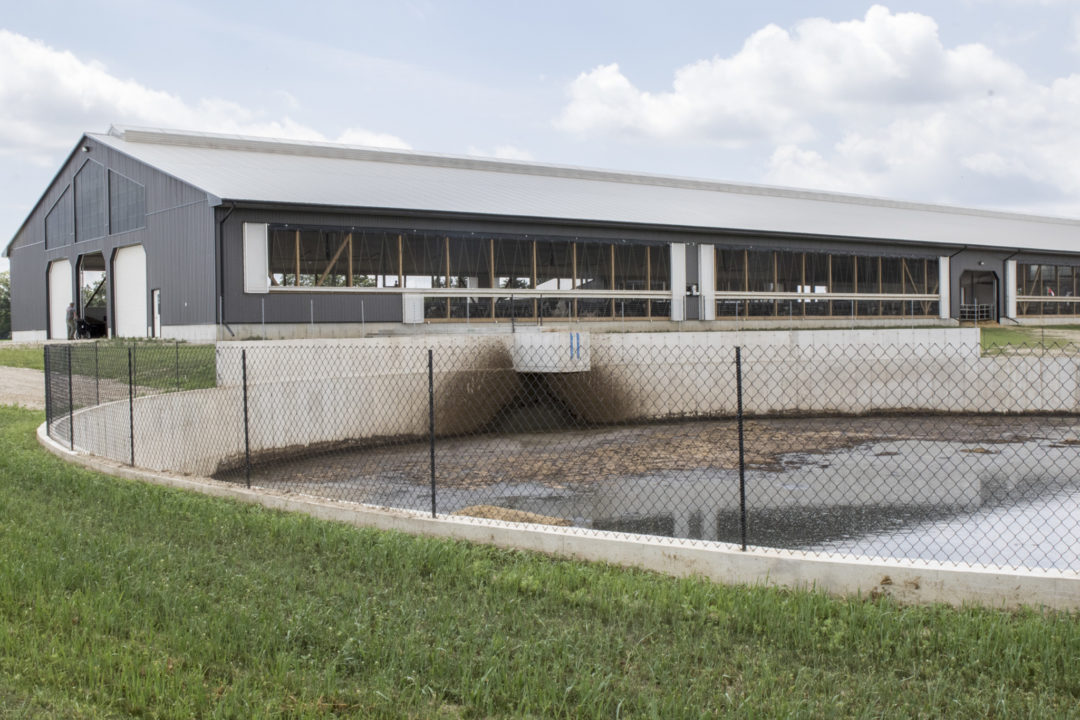To read this article in French, click here.
The dairy industry in Canada stands as an integral part of the country's agricultural landscape. However, with rising concerns about environmental sustainability, there's an increasing need to innovate within this sector. Integrating biogas plants into Canadian dairy production has emerged as a transformative solution that not only addresses environmental challenges but also establishes a circular economy within the dairy farming system.
The circular economy represents a holistic approach to sustainability where resources are utilized efficiently within a closed-loop system. It involves optimizing every stage of dairy farming operation to minimize waste, optimize resource utilization and foster a more sustainable and self-sufficient dairy farm ecosystem.
The dairy dilemma and environmental impact
The classic concern of greenhouse gas emissions in the dairy industry is that of methane emissions from enteric fermentation, a byproduct of cattle production. However, this tends to leave a critical factor overlooked: nitrous oxide emissions. Surprisingly, nitrous oxide, emitted due to inadequate manure management, holds an environmental impact approximately 300 times greater than that of carbon dioxide.
Why is this significant? Poor manure management not only leads to methane release, but also results in substantial nitrous oxide emissions. These emissions represent a loss of valuable nitrogen sources to the environment. Consequently, this limits the fertilizing potential of the spread manure, affecting soil quality and exacerbating the concentration of phosphorus within the manure itself. This dual impact accentuates the environmental challenges associated with suboptimal manure handling practices in the dairy industry.
Circular economy in action
Biogas plants serve as a game changer in the dairy farming landscape by converting organic waste – particularly manure – into renewable energy. These plants utilize anaerobic digestion, a natural process where microorganisms break down organic matter in the absence of oxygen, to produce biogas, primarily composed of methane and carbon dioxide.
The integration of biogas plants into Canadian dairy farming exemplifies the principles of a circular economy. Traditionally, manure is a very important resource for dairy producers. However, excess quantities of manure can create a burden during their management due to regulatory nutrient allowances, which in turn lead to high costs for transportation. Biogas plants help ease these concerns because from the baseline, raw manure and agricultural residues become a valuable input, contributing to multiple outputs beneficial to the farming ecosystem. The basis of a circular economy is founded upon three principles:
- Eliminate waste and pollution by valourizing waste and avoiding emissions.
- Circulate products and materials (at their highest value) by a closed loop cycle of feedstocks, digestate, biogas and income sources.
- Regenerate nature by using an enhanced digestate fertilizer, improving soil health and encouraging sustainable practices. This is a principle underpinned by a transition to renewable energy and materials that are good for business, people and the environment.
The integration of biogas plants plays a vital role in fostering rural development by generating employment opportunities across various sectors, including construction, operational management and ongoing maintenance. This not only supports local economies, but also contributes to the growth and stability of rural communities.
Moreover, biogas plants serve as catalysts for community engagement, actively involving local stakeholders in sustainable initiatives. By promoting collaboration and participation, these initiatives create shared value and encourage a sense of ownership and collective responsibility among community members. As a result, they contribute significantly to cultivating a more sustainable agricultural landscape that benefits both the environment and the people involved.

Challenges and prospects
Despite the clear benefits, challenges remain in scaling up biogas integration across the Canadian dairy industry. Initial investment costs, technological complexities and regulatory frameworks pose hurdles for widespread adoption on a small scale.
However, ongoing governmental support in the form of subsidies and incentives can accelerate this transition, with the help of project developers. These include mandates for replacing fossil fuel natural gas with renewable natural gas, as well as the Canadian Renewable Fuels Regulation. Collaborations between the public and private sectors can facilitate knowledge-sharing and technological advancements, making biogas plants more accessible and cost-effective for dairy farmers. Similarly, regulatory initiatives to boost renewable natural gas in the natural gas network are a goal for many provinces, which helps push the incentives to generate biogas projects.
Integrating biogas plants into Canadian dairy production marks a pivotal shift toward a circular economy within the industry. By transforming waste into valuable resources (renewable energy and nutrient-rich fertilizer), this innovation fosters sustainability while reducing the environmental footprint of dairy farming.
As the momentum for sustainable practices grows, fostering a holistic approach involving technological innovation, policy support and collaborative efforts will be crucial. The journey toward a circular economy in dairy farming signifies a commitment to environmental stewardship, economic viability and a more sustainable future for Canada's agricultural sector.











